

Engage prospects with a scan and streamline customer engagement with FREE QR code marketing tools by Sona – no strings attached!
Create a Free QR CodeFree consultation

No commitment

Engage prospects with a scan and streamline customer engagement with FREE QR code marketing tools by Sona – no strings attached!
Create a Free QR CodeFree consultation

No commitment
The marble fabrication industry has long thrived on craftsmanship and precision, blending traditional techniques with modern design for residential and commercial spaces. However, as customer expectations evolve and the digital landscape grows, marble fabrication companies face new challenges, such as identifying valuable prospects who research online without reaching out and losing potential clients who visit showrooms anonymously.
QR codes have emerged as a key link between physical and digital experiences, as covered in Sona QR’s marketing guide, allowing customers to access detailed product information and connect with experts instantly from brochures, showrooms, or installations. This approach reduces the need for outdated brochures, eliminates manual data collection, and streamlines consultations, minimizing the risk of losing interested prospects.
By thoughtfully integrating QR code technology, marble fabrication companies can guide customers from initial inspiration to informed decisions about materials and projects. This not only improves lead quality but also increases engagement and follow-up, helping ensure fewer sales opportunities are missed in today's competitive environment.
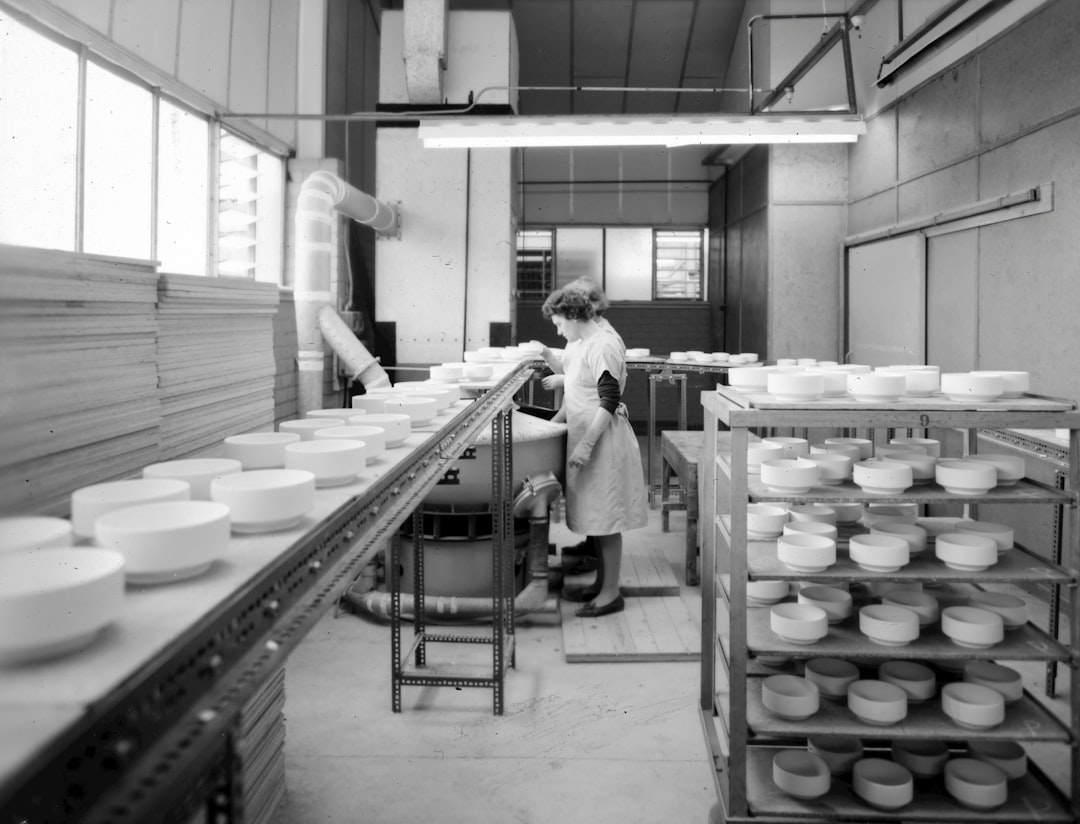
Translating the complexities of marble fabrication into customer-friendly experiences requires more than beautiful slabs and samples. Buyers want to understand quarry origins, finish options, edge profiles, installation timelines, sealing requirements, and pricing variables. They often browse quietly in showrooms, flip through sample binders, and take photos without speaking to a sales representative. QR codes meet them exactly at that moment of curiosity by unlocking on-demand content and calls to action with one scan.
The biggest gains come from replacing analog touchpoints that slow down education and follow-up. Printed brochures expire quickly, paper forms get lost, and manual sign-up sheets rarely make it into a CRM. With QR codes, every display card, estimate packet, and installation guide becomes an interactive experience that links to explainer videos, guided quote forms, and maintenance instructions. Sales teams can see what was scanned, when a buyer showed interest, and which materials are rising in popularity.
Sona QR’s product overview supports each part of this approach. You can launch dynamic QR codes, A/B test destinations, unify scan data with your CRM, and keep every printed piece accurate without reprinting.
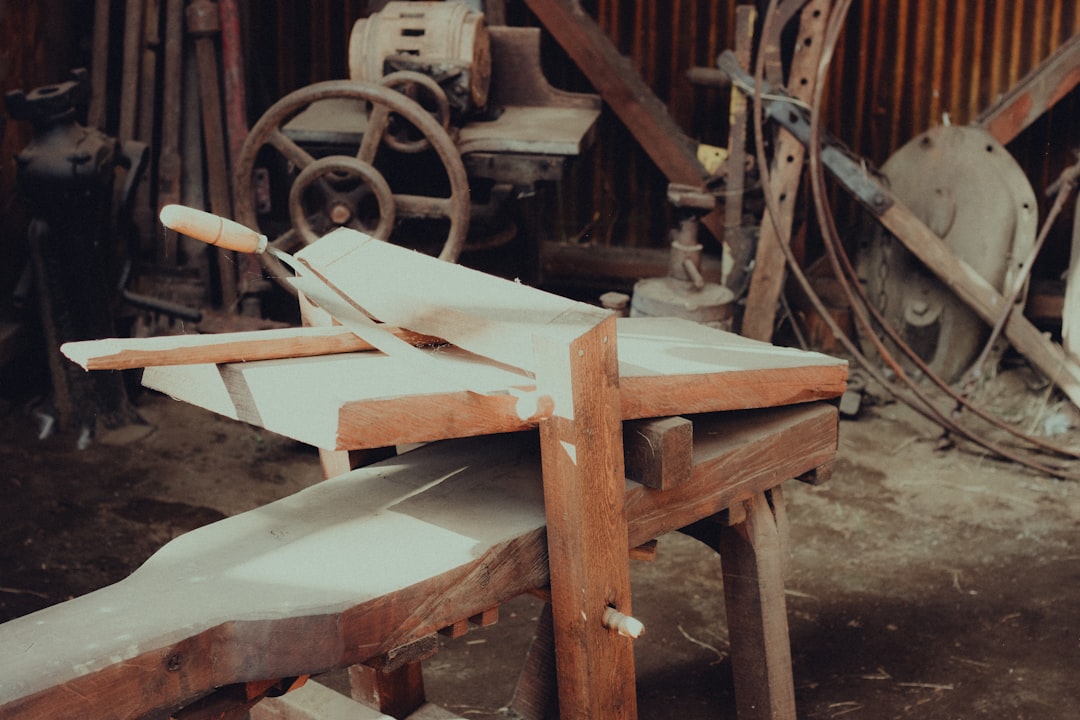
Marble projects involve tangible, tactile exploration that often happens offline. Buyers touch slabs, view edge profiles, and compare finishes in a warehouse or showroom. Yet the decision journey continues online, where they look for pricing context, installation prep checklists, and design inspiration. QR codes close this gap by giving prospects instant answers while their interest is highest and by giving your team a measurable path from scan to consultation.
The result is a better customer experience and a more transparent sales pipeline. Instead of guessing which displays work, you can prove which materials and campaigns drive engagement. Instead of waiting for walk-ins to reappear, you can retarget them with helpful content. Instead of handing out brochures that go stale, you can keep information fresh with dynamic destinations that change as products, pricing, and promotions evolve. For measurement fundamentals, see Sona’s offline attribution.
For marble fabricators, this is especially effective on sample labels, quote packets, installation leave-behinds, and branded project signage. Each surface turns into a gateway that educates buyers and records intent.
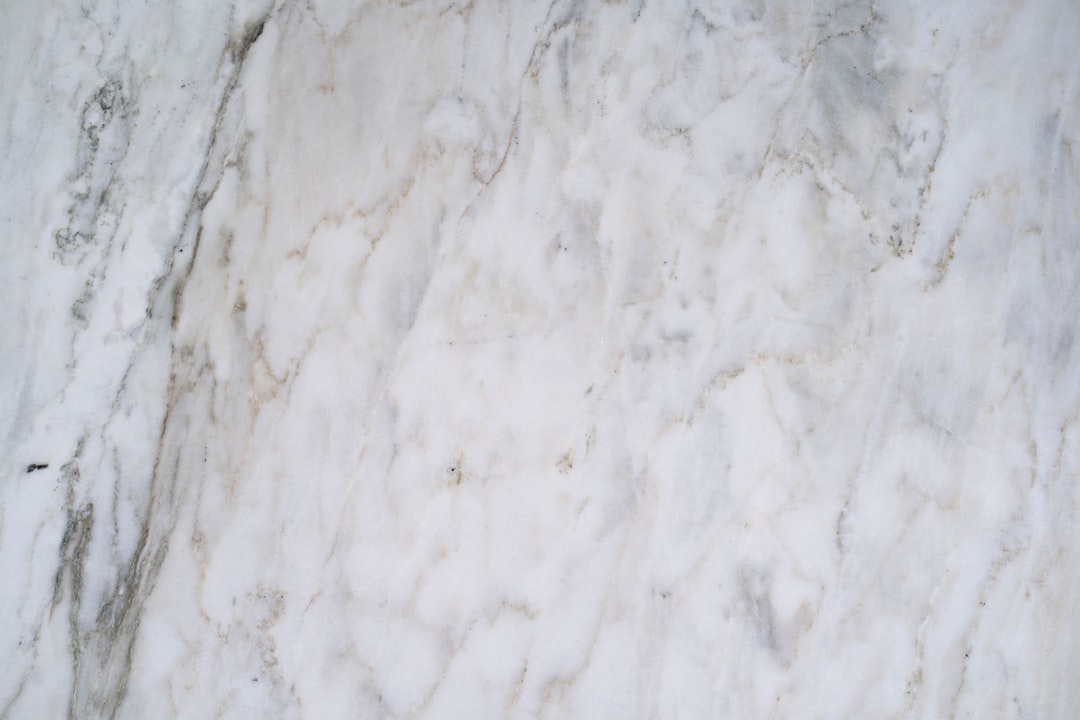
Different stages of the buyer journey call for different QR formats. A homeowner browsing slabs may want inspiration and specs. A contractor on a job site may need installation documentation. A designer might want a direct line to a representative. Selecting the right QR type and destination ensures each scan creates value.
For marble fabrication, dynamic QR codes are the workhorse because they let you change destinations as inventory, schedules, and content evolve. You can personalize pages for trade partners, run seasonal promotions, or rotate featured projects without replacing a single sign or label. Static codes still have a place for evergreen information like safety sheets or warranty terms, but dynamic links maximize flexibility and analytics.
With Sona QR, you can manage all of these formats in one dashboard, switch destinations on live codes, and tag scans by product, location, or campaign for richer analytics and retargeting.
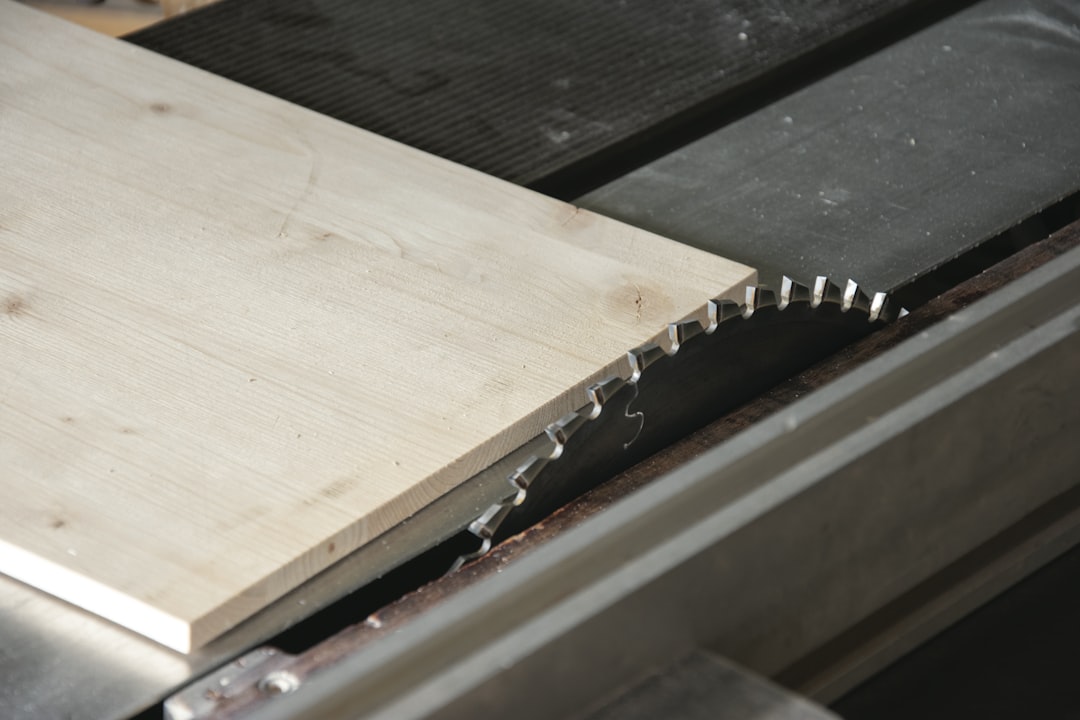
Many fabricators rely on word of mouth and walk-in traffic. That works, but it also leaves a lot of intelligence on the table. When you add QR codes to the materials and moments buyers already engage with, you turn passive curiosity into measurable steps toward a sale. You also open new doors for upsells and referrals after installation. For broader outreach, explore digital marketing ideas.
Start with the places where buyers linger or where decisions get stuck. In the slab yard, education reduces uncertainty about maintenance and etching. In the showroom, finish and edge choices can feel overwhelming. On job sites, neighbors take notice and ask who did the work. QR codes placed thoughtfully at these moments do the heavy lifting for you and point prospects to the next best action.
Each of these placements builds a clearer picture of what motivates your buyers and how your marketing assets perform, so you can invest where it counts.
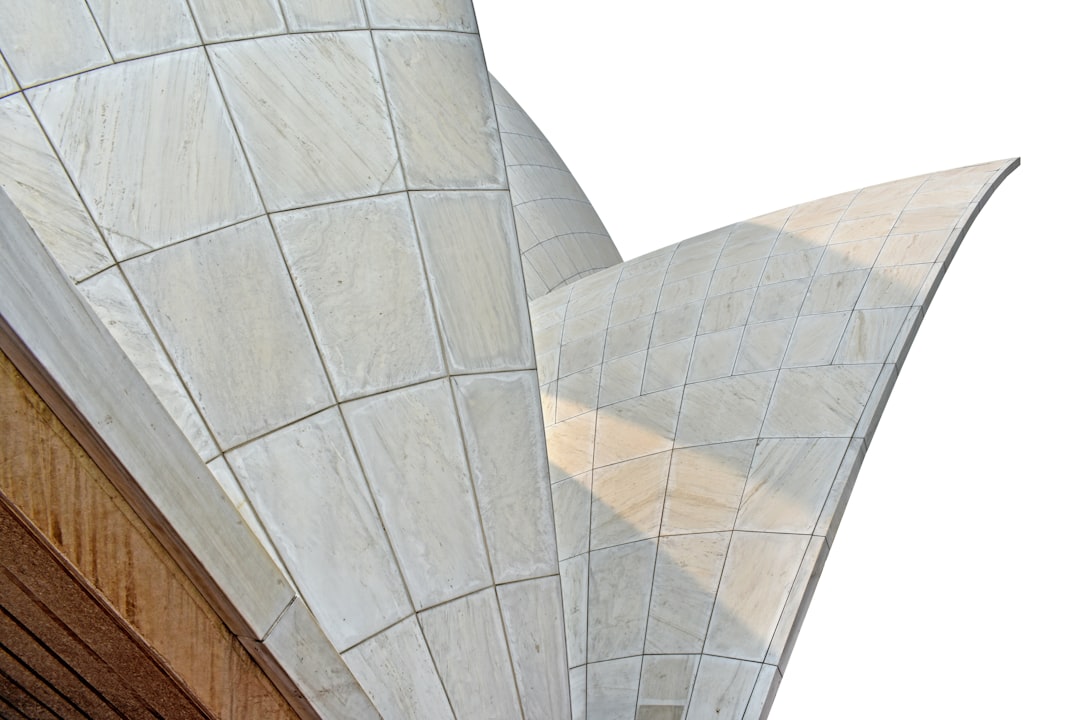
Successful QR strategies focus on use cases that remove friction for shoppers and speed up your internal process. The goal is to answer questions in the moment, reduce decision fatigue, and make it effortless to request help. Below are three foundational use cases that fit typical marble buyer interactions and project workflows.
The right destination and message matter. Craft short, benefit-driven calls to action next to each code so scanners know what they get: Scan for stain test video, Scan for edge profiles, Scan to get a quote by Friday. Clear expectations drive higher scan and conversion rates while reducing back-and-forth with your team.
Every scan is a signal. It reveals what a buyer looked at, where they were, and how close they might be to making a decision. When you distribute unique QR codes across your showroom, yard, print materials, and job sites, you create an intent graph that maps buyers to their interests and stage in the journey. This data powers personalized follow-up that feels helpful rather than pushy.
Segmentation is especially powerful in marble fabrication because audiences differ widely. Homeowners prioritize style, maintenance, and budget. Designers care about lead times, finish availability, and technical details. Contractors need scheduling reliability, cut accuracy, and site coordination. Tailor your retargeting to each segment and to the specific stone or service they scanned. See Sona’s retargeting playbook.
This approach surfaces high-potential accounts that never filled out a traditional form. By matching content and outreach to what each segment scanned, you respect the buyer’s time and accelerate the path to a signed contract.
QR codes are most effective when they serve as connective tissue between your physical presence and your digital strategy. Instead of running disjointed campaigns that are hard to measure, use QR codes to link every offline impression to an online destination where education, conversion, and tracking happen automatically.
Treat each medium as a distribution channel for the same core experience: show the right content, capture intent, and guide the next step. Centralize your codes, destinations, and analytics so that whether someone scans a slab label or a postcard, you see the full picture and can follow up consistently.
With a platform like Sona QR, you can manage links, track performance across all channels, and sync scan data to your CRM so marketing and sales operate from the same source of truth.
Launching a QR program can be simple if you follow a structured plan. Success comes from clear goals, smart placement, strong creative, and tight feedback loops. Aim for quick wins first, then scale to more surfaces and use cases as results come in.
Before you start printing, align your team on what success looks like. Decide whether you are optimizing for consult requests, faster material selection, bigger average order value, or more referrals. If you try to do everything at once, you will dilute your message and slow down your learning.
Clarify the outcome you want to produce and the audience you want to reach. For example, increase homeowner consult bookings from showroom visits by 25 percent this quarter, or drive five new designer accounts per month from trade show scans. Tie your QR codes to a destination that directly serves that objective.
Pick static codes for evergreen content, such as safety data sheets or a permanent showroom Wi-Fi login. Use dynamic codes for anything you might need to change, especially products, promotions, and campaign experiments. Dynamic codes also unlock full analytics, A/B testing, and retargeting.
Design codes that are unmistakably scannable and unmistakably yours. Add a branded frame, your logo, and a clear call to action like Scan for stain test video or Scan to price this slab. Ensure sufficient contrast and size, especially for warehouse environments with varying light.
Match placements to moments of intent. In the slab yard, put codes at eye level on display stands. In the showroom, add codes to edge boards and finish panels. In delivery and install kits, include codes on care cards and warranty forms. On job sites, use weatherproof signs near the curb.
Connect scans to outcomes. Use UTM parameters and dynamic QR analytics to see which materials and messages convert best. Review data weekly at launch, then monthly as the program matures. Adjust destinations, calls to action, and placement based on real performance.
Visibility is the difference between guessing and growing. Knowing that 300 people scanned your showroom displays is helpful, but not enough. You want to see which slabs they scanned, what content they consumed next, and whether they booked a consultation or placed an order. When you link QR analytics to your CRM and attribution tools, you can tie real revenue to specific campaigns, messages, and materials.
A modern analytics stack turns QR codes into performance channels. You can segment scans by location, time, device, and creative, then compare conversion rates across touchpoints. You can follow cohorts over time, such as homeowners who scanned Calacatta marble versus those who scanned soapstone, and learn which destinations best move each cohort to a quote request.
Sona QR centralizes scan tracking and integrates with Sona.com for attribution. Together they bridge the full path from offline interest to online action to revenue, giving marketing and sales one shared view of performance.
Once your first QR codes are live, scale thoughtfully. Extend codes to more surfaces, connect them to automated workflows, and keep content fresh. Focus on placements where you already get high foot traffic or where decisions stall. Show value with every scan, and train staff to make QR use part of the standard customer journey.
Small creative touches can multiply results. A short stain-resistance test video on a marble display can turn hesitation into confidence. A QR on your quote packet that leads to a project timeline explainer can reduce anxious follow-up calls. A code on the installer’s leave-behind that activates a referral offer can turn one job into three.
Consider additional creative deployments: a QR code on remnant racks that shows current dimensions and pricing, a QR on invoices that collects a post-install review, and a QR on curbside project signs that leads neighbors to a gallery of similar kitchens in the area.
The marble fabrication industry requires smarter, more connected customer journeys. Embedding QR codes at every key physical and digital touchpoint allows companies to identify and nurture prospects that traditional sales methods might overlook. Modern QR technologies surface hidden engagement, provide timely education, and enable efficient lead follow-up, ensuring every showroom and project interaction contributes to measurable growth and stronger client relationships in a competitive marketplace.
QR codes have revolutionized marble fabrication companies by transforming how they educate and engage customers throughout the buying journey. By seamlessly linking physical marble samples, showroom displays, and installation guides to rich digital content, QR codes drive customer acquisition, enhance transparency, and build trust—turning curiosity into confident purchasing decisions. Imagine customers instantly accessing detailed product specs, care tips, and project inspiration right from their smartphones, creating a more informed and satisfying experience.
With Sona QR, marble fabricators can easily create dynamic, trackable QR codes that update instantly without the need to reprint materials. This means you can measure which educational content resonates most, optimize customer touchpoints, and directly connect scans to increased sales and customer loyalty. Start for free with Sona QR today and transform every scan into a valuable conversation that moves your marble fabrication business forward.
You can find top marble fabrication companies by visiting local showrooms, checking online product galleries accessed via QR codes, and reviewing company websites that offer detailed information on products and services.
Choose a reliable company by looking for those that provide transparent product information, use modern technologies like QR codes for customer education, offer customizable quotes, have strong customer engagement, and integrate tracking to ensure quality service.
Marble fabrication companies can create a variety of products including slabs, countertops with different edge profiles, finish options, installation kits, care and sealing products, and custom project signage.
Using marble offers aesthetic appeal, durability, customizable finishes and edge profiles, and the ability to create unique, high-quality surfaces that add value and style to residential or commercial spaces.
QR codes provide instant access to detailed product information, finish options, pricing estimates, installation timelines, and expert consultations directly from showrooms or printed materials, enhancing education and simplifying decision making.
Costs vary based on marble type, finish, edge profiles, installation complexity, and project size, but QR code-enabled dynamic pricing and quote requests help provide accurate, up-to-date estimates tailored to your specific project.
Companies use QR codes on slabs, brochures, and signage to collect visitor information through mobile forms, track scan data for interest analysis, and enable easy scheduling of consultations, turning anonymous showroom visits into measurable leads.
They offer web links to product pages and videos, vCards for contact sharing, forms for quote requests, app downloads for visualization tools, and Wi-Fi access to enhance showroom experiences.
Effective placements include showroom slab displays, edge profile boards, sample chips, installation leave-behinds, job site signage, product packaging, print ads, direct mail, and event materials.
They track QR code scans with analytics tied to CRM systems, measuring engagement by location, time, and campaign source, and use multi-touch attribution to connect scans to consultations, orders, and revenue.
They should define clear objectives, choose appropriate QR code types, design and test codes for scannability, strategically place them where buyers engage, and continuously track and optimize based on scan and conversion data.
Look for QR codes that link to detailed product specs, finish and edge profile videos, sealing and care instructions, and easy-to-use quote request forms, all designed to answer questions and guide decisions quickly.
Yes, QR codes on care kits, sealant bottles, and warranty cards provide maintenance instructions, registration options, and referral incentives to support customers after installation.
They segment scan data by buyer role and intent, map scans to buyer journey stages, sync information with CRM and ad platforms, and trigger targeted email, SMS, or retargeting campaigns tailored to individual interests.
Dynamic QR codes allow companies to update destinations without reprinting, enable full analytics, support A/B testing, retargeting, and personalized content, making them more flexible and effective than static codes.
Use Sona QR's trackable codes to improve customer acquisition and engagement today.
Create Your FREE Trackable QR Code in SecondsJoin results-focused teams combining Sona Platform automation with advanced Google Ads strategies to scale lead generation

Connect your existing CRM

Free Account Enrichment

No setup fees
No commitment required

Free consultation

Get a custom Google Ads roadmap for your business






Launch campaigns that generate qualified leads in 30 days or less.
